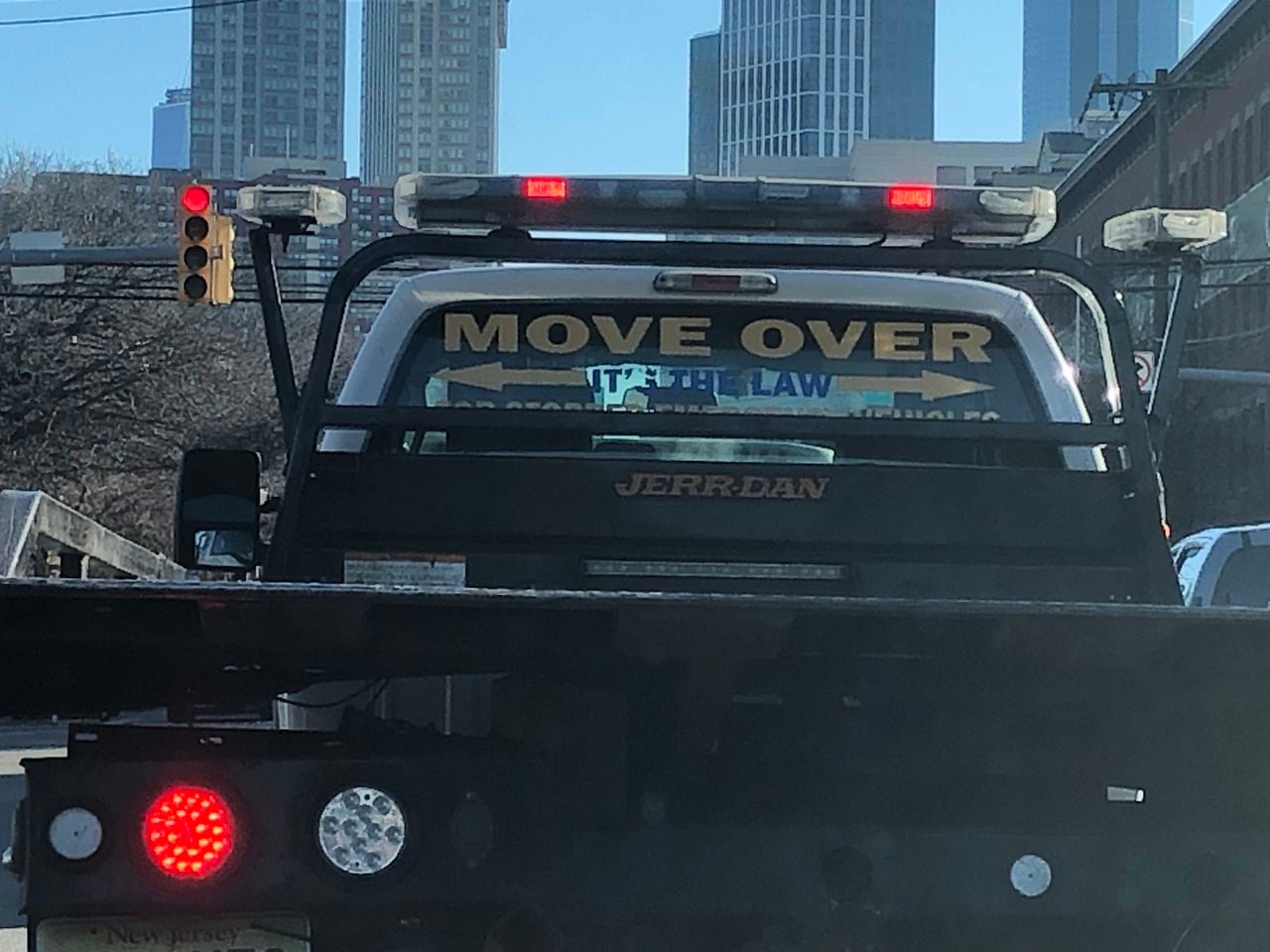STATEN ISLAND, N.Y. — New Jersey joins 20 other states — including New York — in requiring traffic to slow down or move over if a car is broken down on the highway, thanks to a new law signed by Gov. Phil Murphy on Tuesday.
The law is an expansion of the state’s Move Over Law, which requires drivers to move over a lane only if police, first responders or tow truck drivers were on the scene of an incident.
The law now extends protections to motorists with hazard lights on or other warning devices displayed while their disabled vehicle is on the shoulder of a road, NJ.com, an SILive.com sister site, recently reported.
Similar laws are also already in place in Connecticut, Delaware and Pennsylvania.
The new law carries a similar fine to the existing Move Over Law. Motorists face a fine of $100 to $500, with no motor vehicle points. The legislation goes into effect 45 days after Murphy signed it into law.
“We applaud the New Jersey legislature for passing this critical piece of legislation that will protect motorists at the roadside and thank Governor Murphy for signing the measure into law,” Lauren Paterno, AAA Northeast senior government affairs adviser, told NJ.com. “We are also especially grateful to Senator Patrick Diegnan Jr. (D-Middlesex) and Assemblyman Wayne DeAngelo (D-Mercer) for their leadership in sponsoring this life-saving measure.”
An analysis by AAA of data from the National Highway Traffic Safety Administration’s Fatality Analysis Reporting System said that 1,874 people were struck while outside a disabled vehicle in the United States from 2017 to 2021. Motorists were fatally struck on New Jersey roads 41 times during the same time period, AAA said, according to NJ.com.
“The side of a highway is an extremely dangerous place with vehicles passing by at high rates of speed. It’s profoundly tragic that we lose first responders when they are helping motorists at the roadside,” Paterno said. “Sadly, there are numerous examples of…
Read the full article here

Leave a Reply